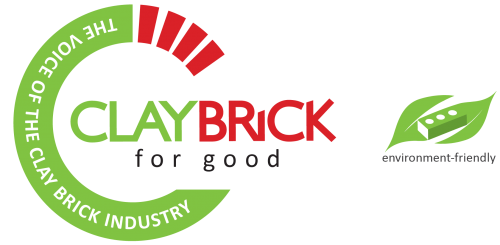Achievements of the EECB Project
Over the past 5 years, CO2 emissions in the clay brick sector have been reduced by 380,000 tons of CO2 annually. An assessment survey in 2017 identified that the weighted average energy consumption has been reduced from 3.46 MJ/kg fired brick in 2013 to 2.97 MJ/kg fired brick in 2017. This equals to a reduction of the energy intensity of 14.1% - 4% over our initial target!
Manufacturers were introduced to alternative technologies and processes to increase their access to international best practice and upgrade opportunities. The Vertical Shaft Brick Kiln (VSBK) and the Habla Zig Zag Kiln were the two that proved most suitable for South African conditions. Both these kiln firing technologies reduce the use of coal during firing, which in turn reduces emissions. Through education and skills transfer, the clay brick industry is empowered and committed to continue to improve their sustainability.
Research into the coal use of different firing technologies and case studies on technology improvements have quantified potential energy savings as well as return on investment and payback periods. This ensures that brick manufacturers make informed decisions about future capital improvements, which will continue to boost the sustainability of the industry.
Benefits for air quality & health
The various technologies - especially the new firing methods - have drastically reduced the PM 10 (particulate matter) and Black Carbon by up to 90% at participating brick-makers, bringing it within the regulation limits of 50 ppm. These polluting gases are emitted by the uncontrolled firing process of older clamp kilns. Air quality improvements are shown wherever technology was upgraded.
Direct large human health benefits come from the significant improvement at the various factories, improving the working conditions and exposure to gases during the operation of the various technologies.
Long-term Knowledge Transfer
The project is co-ordinated by the Clay Brick Association of South Africa (CBA), the industry body that supports, informs and educates the majority of clay brick manufacturers in the formal sector. The EECB project leverages the credibility and communications base of an existing organisation, empowering it to reach producers and industry suppliers quickly and cost-effectively.
Several publications and research studies have added to the technology knowledgebase for the industry both nationally and internationally including South Africa’s first industry-wide Life Cycle Assessment (LCA). All publications are distributed through the CBA to its members and other brick-makers. The lessons learned in South Africa have been shared in Australia, Europe, the UK and USA.



